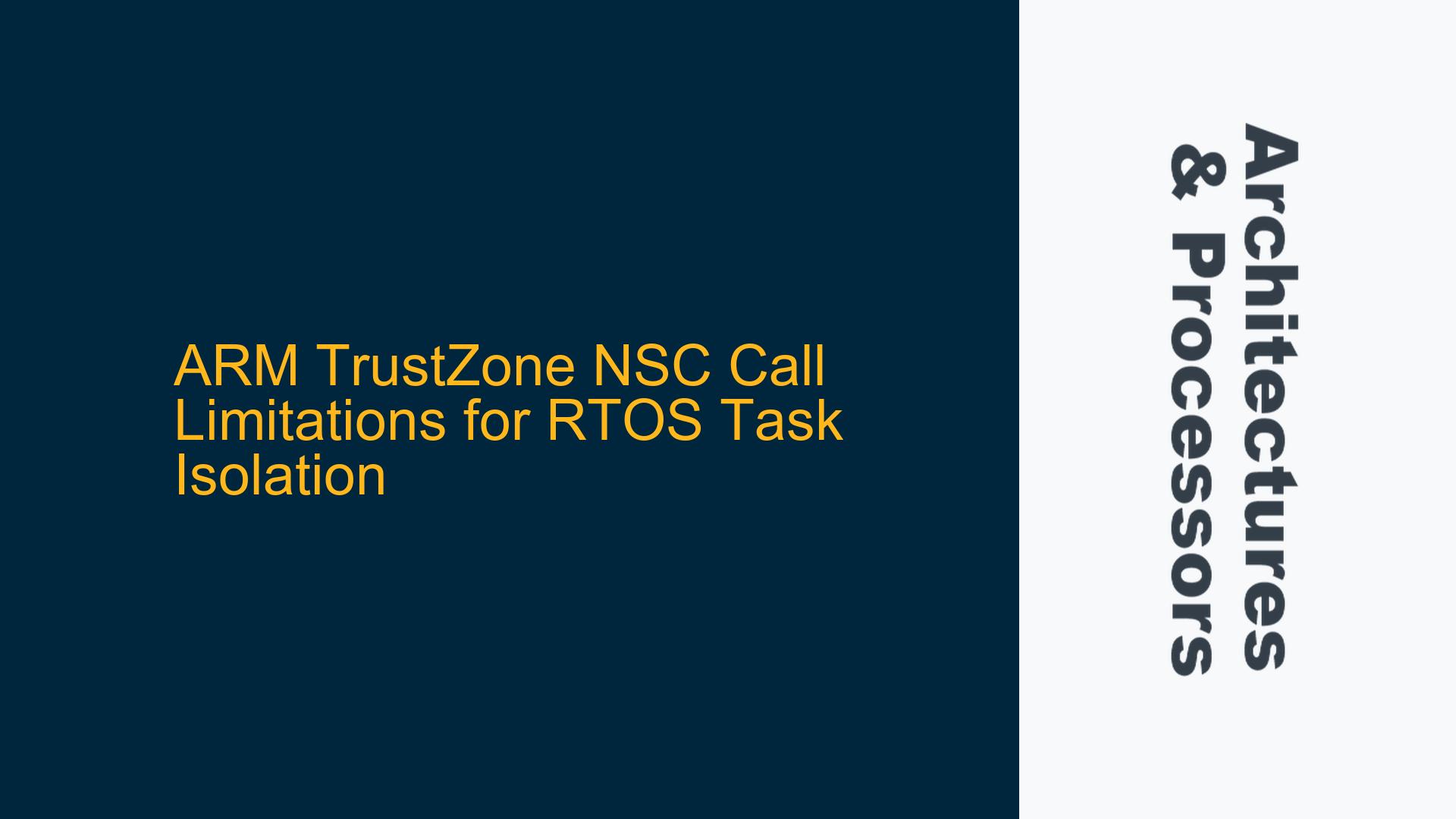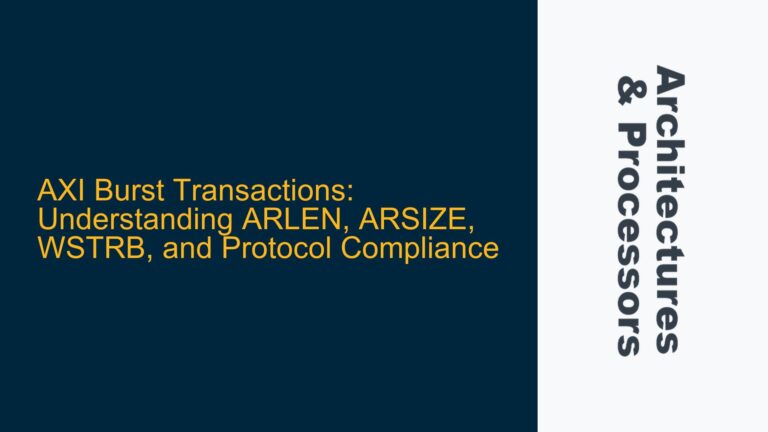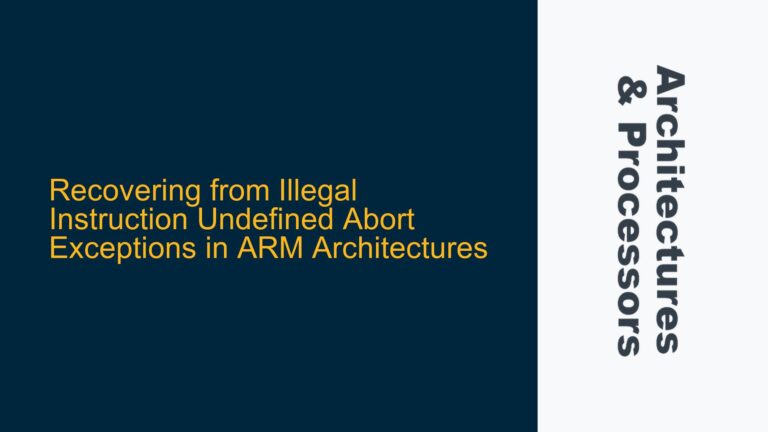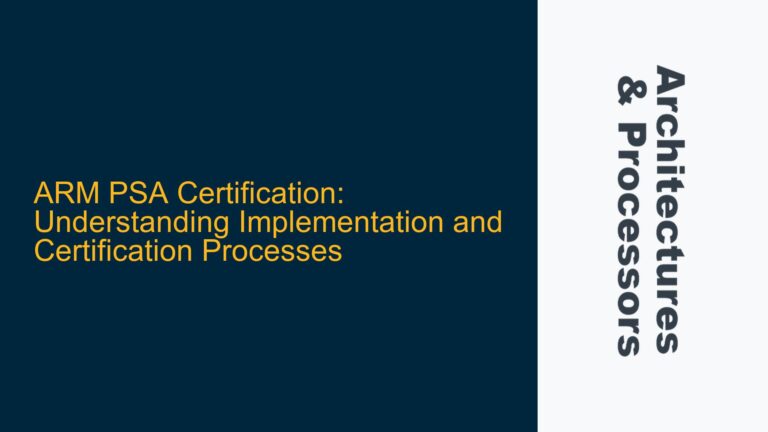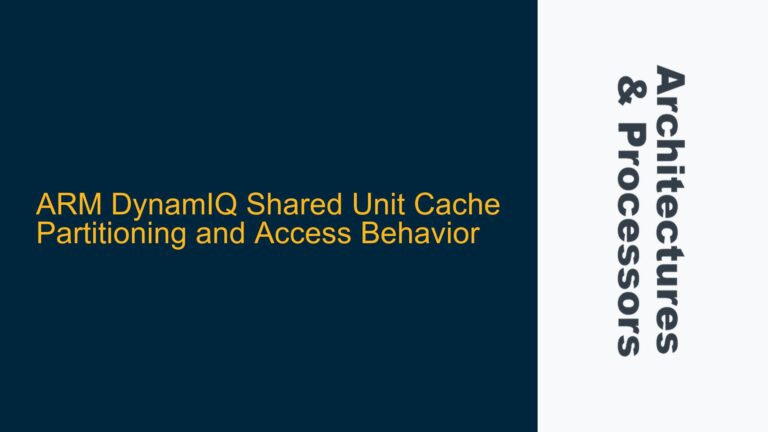Non-Secure Caller Identification Challenges in TrustZone Environments
In ARM TrustZone-based systems, Non-Secure Call (NSC) functions provide a bridge for non-secure tasks to access secure services. However, a critical challenge arises when attempting to restrict NSC calls to specific Real-Time Operating System (RTOS) tasks. The secure side lacks inherent awareness of the calling task’s identity, as the TrustZone architecture does not directly expose RTOS task context information to the secure world. This creates a security gap where any non-secure task can potentially invoke NSC functions, even if those functions should be restricted to specific tasks.
The core of the problem lies in the architectural separation between the secure and non-secure worlds. When a non-secure task makes an NSC call, the transition to the secure world occurs through a secure gateway, but the secure side only receives the function call parameters and return address. The RTOS task context, including task identifiers and permissions, remains opaque to the secure side. This architectural limitation makes it difficult to implement task-level access control for NSC functions.
The challenge is further complicated by the need to maintain system performance and real-time characteristics while implementing these security checks. Any solution must consider the overhead of task identification and verification, ensuring it doesn’t introduce unacceptable latency or impact the determinism of the RTOS environment.
RTOS Context Awareness and Secure World Integration
The primary obstacle in implementing task-specific NSC call restrictions stems from the secure world’s lack of RTOS context awareness. In a typical TrustZone implementation, the secure monitor code handles world transitions but doesn’t have access to RTOS-specific data structures. The non-secure world’s RTOS maintains its own task control blocks (TCBs) and scheduling information, which are not automatically shared with the secure world.
Several architectural factors contribute to this limitation. First, the ARM processor’s exception model doesn’t preserve RTOS-specific context information during secure world transitions. Second, the memory protection mechanisms in TrustZone prevent the secure world from directly accessing non-secure memory where RTOS task information is stored. Third, there’s no standardized interface between RTOS implementations and the secure world for sharing task context information.
The absence of RTOS awareness in the secure world creates a security gap where malicious or misconfigured non-secure tasks could potentially access secure services through NSC calls. This becomes particularly critical in systems where different RTOS tasks have varying security requirements or access privileges.
Implementing Task-Aware NSC Call Restrictions
To implement task-specific NSC call restrictions, we need to establish a mechanism for the secure world to identify and verify the calling task. This requires a combination of architectural considerations and software implementation strategies. The solution involves creating a secure task registry, implementing task identification mechanisms, and establishing secure communication channels between the RTOS and the secure world.
The secure task registry serves as a database of authorized tasks and their permitted NSC functions. Each entry in the registry should include a task identifier, the memory range allocated to the task, and the specific NSC functions the task is allowed to call. The registry must be stored in secure memory and protected against unauthorized modifications.
Task identification can be implemented using multiple approaches. One method involves extending the RTOS to include a secure task identifier in each NSC call. This identifier would be passed as an additional parameter to the NSC function, allowing the secure side to verify the caller’s identity. Another approach uses memory range verification, where the secure side checks the return address of the NSC call against known task memory ranges.
The implementation requires careful coordination between the RTOS and the secure world. During system initialization, the RTOS must register tasks with the secure world, providing necessary identification information. The secure world then uses this information to validate NSC calls at runtime. This process must be carefully designed to maintain system security while minimizing performance impact.
A critical aspect of the implementation is the handling of task creation and deletion. The RTOS must notify the secure world when tasks are created or destroyed, allowing the secure task registry to be updated accordingly. This requires implementing secure communication channels between the RTOS and the secure world, ensuring that task management operations are properly synchronized.
The following table summarizes the key components of the solution:
| Component | Description | Implementation Considerations |
|---|---|---|
| Secure Task Registry | Database of authorized tasks and their NSC permissions | Must be stored in secure memory, protected from tampering |
| Task Identification | Mechanism for secure world to identify calling task | Can use task IDs, memory ranges, or combination |
| RTOS Integration | Interface between RTOS and secure world for task management | Requires secure communication channels |
| NSC Call Validation | Secure-side verification of task permissions before executing NSC function | Must be efficient to minimize performance impact |
| Task Lifecycle Management | Handling of task creation, deletion, and modification | Requires synchronization between RTOS and secure world |
The implementation should also consider error handling and security auditing. Invalid NSC calls should be logged and appropriate security measures taken, such as task termination or system alerts. The secure world should maintain an audit log of NSC calls, including the calling task and the outcome of the security check.
Performance optimization is crucial in real-time systems. The task verification process should be designed to minimize overhead, potentially using hardware features like the Memory Protection Unit (MPU) or TrustZone Address Space Controller (TZC) to assist in task identification. The solution should be carefully profiled to ensure it meets the system’s real-time requirements.
Security considerations must include protection against spoofing attacks, where a malicious task attempts to impersonate an authorized task. This can be mitigated through cryptographic authentication of task identities or hardware-assisted verification mechanisms. The system should also implement rate limiting and anomaly detection to prevent brute force attacks on the NSC interface.
The implementation of task-specific NSC call restrictions represents a significant enhancement to TrustZone-based system security. By providing fine-grained control over which tasks can access secure services, system designers can implement more robust security policies and better isolate critical system functions. This approach is particularly valuable in complex embedded systems where different tasks have varying security requirements and access privileges.
The solution requires careful integration with the RTOS and secure world components, but the security benefits justify the implementation effort. By establishing clear boundaries between tasks and secure services, system designers can create more secure and reliable embedded systems that better resist both accidental misuse and malicious attacks.
